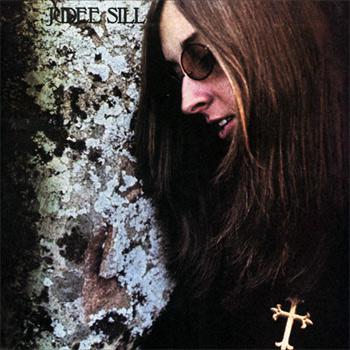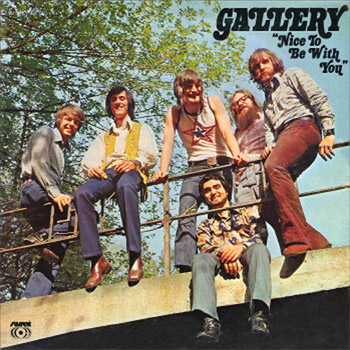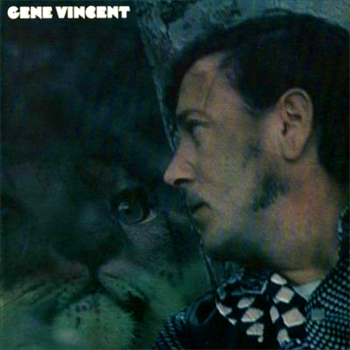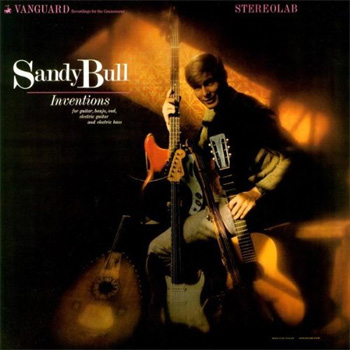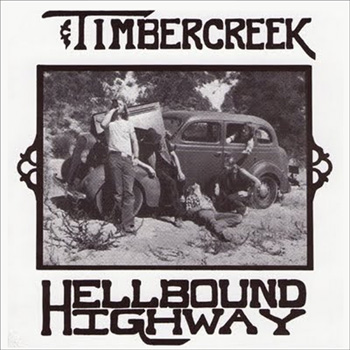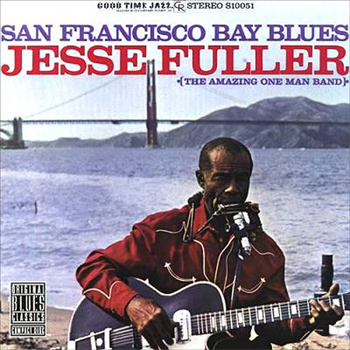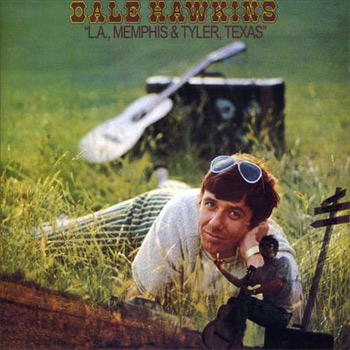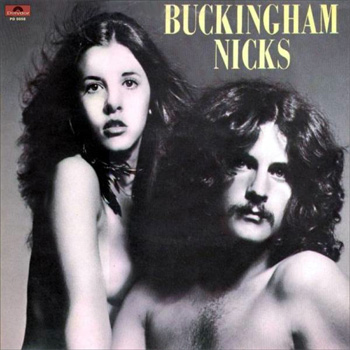Roger Morris “First Album”
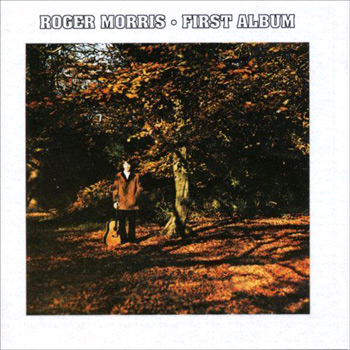
Roger Morris’ First Album, released by Emi/Regal Zonophone in 1972, stakes a claim as one of the most American sounding British-folk albums of the seventies. Along with the painfully obscure solo album by Ernie Graham, First Album is one of a handful of rustic singer-songwriter lps of the era that landed unjustly under the radar. Owing much to the back-to-the-roots sound and vibe of The Band, Bobby Charles, and Hungry Chuck, and falling somewhere in between the British folk of the late 60s, the British country-rock of the early 70s, and the pub rock renaissance that would follow several years later, this album features contributions from a host of talented British musicians, including: the popular De Lisle Harper; Glen Campbell of Juicy Lucy and The Misunderstood; Family’s John Weider; Rod Coombes of Strawbs and later, Stealer’s Wheel; Chris Mercer; Terry Stannard of Kokomo; and Bruce Rowlands of the Greaseband. Obviously, the playing on this album is top notch. Furthermore, Morris comes across as a surprisingly accomplished songwriter.
On album opener Taken for Granted Morris mourns the loss of past loves to the tune of a folky country-rock number that calls to mind the early work of Help Yourself, as well as Ian Matthews. Golightly’s Almanac has a funky Bearsville ragtime feel, complete with a Tuba holding down the low end and a catchy horn part, sounding very similar to The Band’s Rag Mama Rag or Hungry Chuck’s Hats Off America. Morris’ vocals, which can sometimes be hit or miss, really excel on Showdown, one of the standout tracks of the set. Northern Star features some tasty pedal steel and fiddle riffing courtesy of talented multi-instrumentalist John Weider, while Livin’ On Memories sounds similar to Orange Juice Blues off of The Basement Tapes, with Morris taking a cue from Richard Manuel’s vocal phrasing.
Morris’ account of one man’s experience in the years after the Civil War ,All My Riches, is his equivalent to The Band’s epic The Night They Drove Old Dixie Down. Morris’ tune, while not a total failure, never comes close to reaching the heights of The Band’s legendary song. If there’s any complaint to be made about First Album, it would be that Morris’ influences are worn right on his sleeves. However, this was in fact his first album, so you’ve gotta give the guy a break for letting his influences show a little bit.
Needless to say, First Album is essential listening for fans of the rustic Americana The Band perfected on their first three records, as well as fans of Silver Pistol era Brinsley Schwarz, early McGuiness Flint and Help Yourself, and Matthews Southern Comfort. Simply one of the best obscure British folk/Americana flavored singer-songwriter lps of the era, this one is worth tracking down. Although this, his first lp, was virtually ignored upon its initial release, Roger would later find his audience when he went on to achieve international recognition as the guitarist in The Psychedelic Furs. In 2009 Bella Terra Presents released a tastefully remastered limited edition cd reissue featuring four previously unreleased bonus tracks that were recorded just a year after First Album, as well the original album artwork and a lyric sheet insert. That same year Lilith Records released a version pressed on 180 gram vinyl. Take your pick!
“Showdown”
![]() Original | 1972 | Regal Zonophone | search ebay ]
Original | 1972 | Regal Zonophone | search ebay ]
![]() Reissue | 2009 | Riverman | get it here ]
Reissue | 2009 | Riverman | get it here ]
